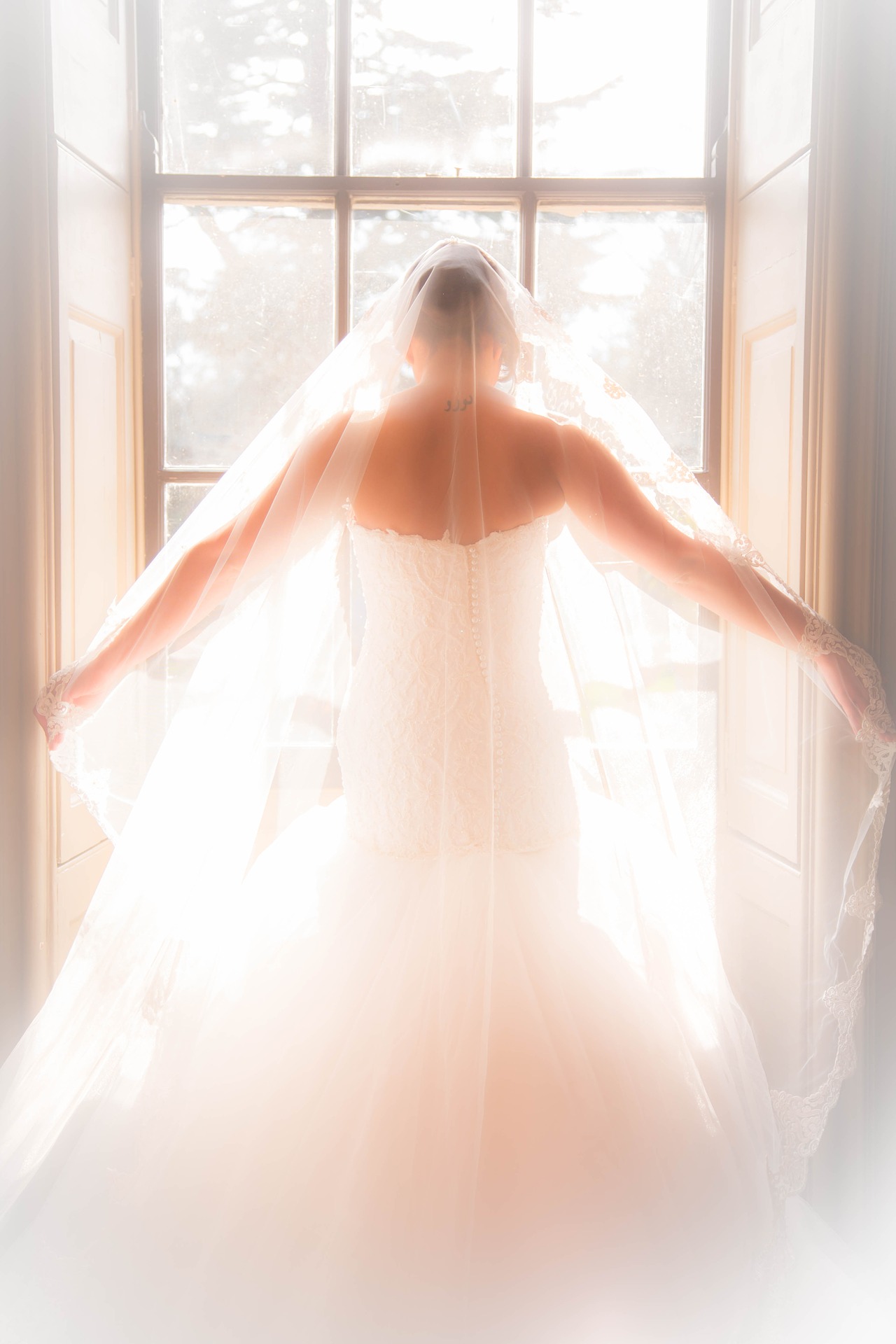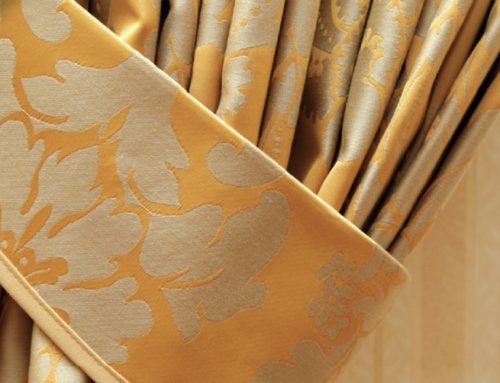Choosing a Wedding Dress, After the Wedding, Special Care Instructions
A consumer guide from Santoros Cleaners
Your wedding gown is one of your most precious possessions. It is a symbol of an important event in your life and, as such, should be treated with special care. Whether you are borrowing it from a relative or buying it new, your gown deserves your attention, both before the wedding and afterward.
Today’s bridal gowns are made from a wide variety of fabrics. The gown you have selected may be satin, taffeta, chiffon, organza, brocade, and lace, and accented with delicate trims, such as beads, crystals, sequins, embroidery, silk flowers, and appliqué, all of which require special care. We’ve had the privilege of caring for gowns of every type and style, however it is important that we inspect your gown carefully and discuss problems or concerns you may have before cleaning and preparation of the gown for safekeeping. We would like the privilege of completing this care and suggest that the cost of our services be included as part of your wedding budget.
Wearing an heirloom can make your special day that much more memorable. Allow at least a month for professional care as well as any alterations. Typically older gowns need more attention than newer ones because many fabrics naturally yellow with age and old stains may not respond to our professional treatments. Before you decide to wear a cherished heirloom, allow us to assess and discuss the pros and cons with you.
After the wedding whether having worn a new gown or a cherished heirloom, most brides want to preserve their gown as the most outwardly visible symbol of that special moment in time as well as perhaps preserving the opportunity for their own daughter to wear on her wedding day. That’s why it is important to allow us to clean and repair rips and tears as soon as possible and before storing. Stains cause fiber damage and become more difficult to remove the longer they remain on the fabric. You may think your gown has no stains and is okay to put away without cleaning. Don’t do it. Food and beverage stains (perhaps not even immediately visible), body oils, and make-up, if not carefully addressed as soon after the big day as possible, may prove impossible to safely remove—even by our skilled personnel. Drycleaning & Laundry Institute experts confirm that a gown once worn should be carefully cleaned before it is stored.
Your gown requires specific cleaning instructions and special care. The Federal Trade Commission’s Care Label Rule requires your gown to have accurate care instructions addressing all parts of the gown, including decorative trim, beads, and sequins. We strongly advise you to examine the care label before purchasing your gown to make sure you understand the care instructions. If you have a question, ask us before you buy the gown. We will do our very best to adhere to those instructions and will complete our testing prior to cleaning. Gowns that fail to withstand the prescribed care procedure must be dealt with at the retail level.
Together we can preserve that special lifetime moment. After we have completed our services, here are our suggestions for maintaining your gown.
- If you are storing the gown on a hanger we’ll return it to you with straps sewn to the waistline to relieve pressure on the shoulders from the weight of the skirt. Although you will receive the gown encased in protective plastic, Drycleaning & Laundry Institute and museum conservators recommend that you remove the plastic, stuff the bodice with white, acid-free unbuffered tissue paper, and wrap the dress in a protective white sheet or unbleached muslin covering.
- If you have selected storage in one of our specially constructed gown boxes, your treasure will already have been carefully stuffed with white, acid-free, unbuffered tissue paper to prevent wrinkles. As long as the headpiece does not have a metal wire frame or colored flowers, we will enclose it with your gown.
- Headpieces, veils, shoes, programs, glasses, foam shoulder pads, and bra cups should be removed and stored individually and separately from the gown to avoid color changes and damage to the gown’s fabric.
- Store the gown in a cool, dry location. Basements and attics are not good choices because basement dampness can cause mildew and attic heat could promote yellowing of the fabric
- The goal of any storage method is to slow down the aging process. Unfortunately, no process or storage method can absolutely guarantee against yellowing or possible deterioration of fabrics. However, by allowing us the privilege to care for your gown, you will have taken all the right steps to minimize these eventualities. You may wish to consider checking the gown every 3–5 years as it is easier to address and correct any problems sooner rather than later.
Article from Dry Cleaning & Laundry Institute International






